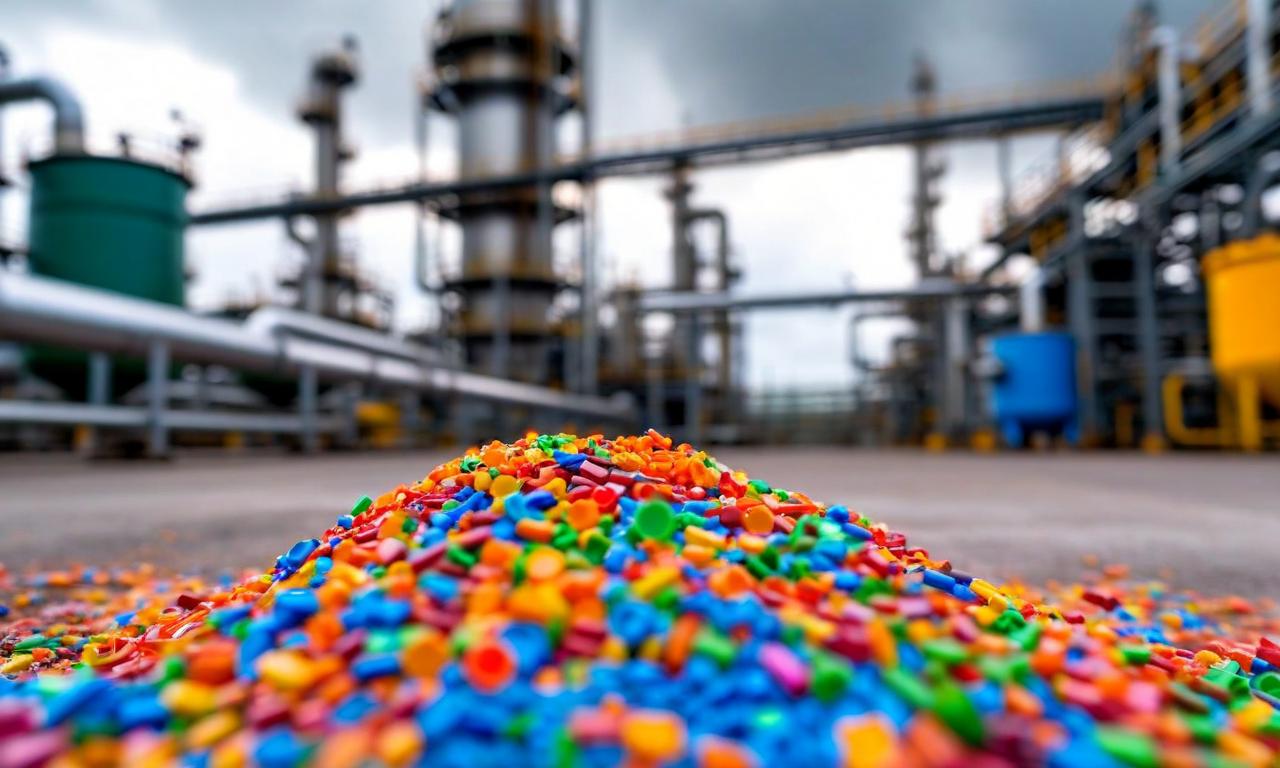Iron Ore Futures Slip as Chinese Steel Mill Profits Face Pressure
Iron ore futures in Singapore dropped 1.40% to $103.20 per tonne, marking the second consecutive weekly decline. The downturn is attributed to concerns about Chinese steel mill profitability, weak fixed-asset investment in China, and rising iron ore inventories. Bloomberg Intelligence warns that the $100-per-tonne support level for iron ore is under pressure. The decline in iron ore prices is part of a broader trend, with other base metals like aluminum and copper also experiencing slight decreases on the London Metal Exchange.

*this image is generated using AI for illustrative purposes only.
Iron ore futures experienced a downturn in Singapore trading, reflecting growing concerns about Chinese steel mill profitability and uncertain demand outlook. The commodity market is showing signs of strain as key indicators point to potential challenges ahead.
Market Performance
Iron ore futures in Singapore declined 1.40%, settling at $103.20 per tonne. This marks the second consecutive weekly drop for the crucial steelmaking ingredient, highlighting the current market volatility.
Factors Influencing the Decline
Several factors are contributing to the downward pressure on iron ore prices:
- Chinese Steel Mill Profitability: Steel mills in China are facing profit pressures, which is impacting iron ore demand.
- Weak Fixed-Asset Investment: Bloomberg Intelligence has warned that iron ore's $100-per-tonne support level is under increasing pressure due to weak Chinese fixed-asset investment.
- Steel Price Corrections: Recent corrections in Chinese steel prices have pushed mills back into losses, further dampening demand for iron ore.
- Inventory Buildup: Data from Mysteel indicates rising iron ore inventories at both mills and ports, following record Chinese imports last month.
Market Response
The inventory buildup has prompted Chinese steel mills to reduce their iron ore purchases, contributing to the price decline. This reaction underscores the delicate balance between supply and demand in the iron ore market.
Broader Market Impact
The downturn in iron ore is not isolated, as other base metals on the London Metal Exchange also experienced declines:
| Metal | Price Change |
|---|---|
| Aluminum | -0.20% |
| Copper | -0.20% |
Aluminum's decline comes after reaching a three-year high on Thursday, indicating a potential shift in market sentiment across the metals sector.
Outlook
The iron ore market faces a challenging environment in the near term. The combination of weak Chinese fixed-asset investment, poor steel mill profitability, and increasing inventories suggests that the $100-per-tonne support level for iron ore may face continued pressure.
As the situation develops, market participants will be closely monitoring Chinese economic indicators, steel production rates, and global demand trends to gauge the future direction of iron ore prices.





























